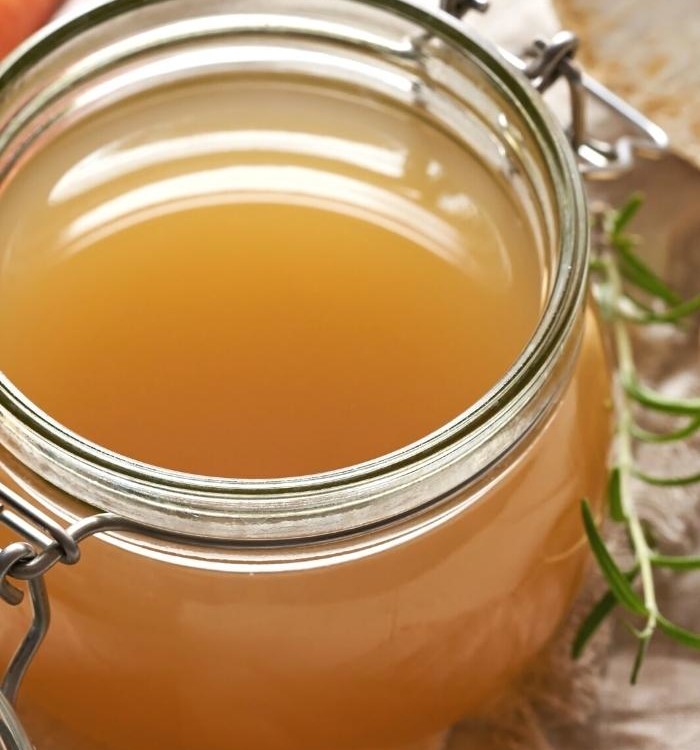
How to Make Vegetable Broth
Don’t throw out those vegetable scraps, use them to make vegetable broth instead! In this post, I’m sharing how to make vegetable broth from scraps or whole vegetables, answering commonly asked questions about homemade broth, and what to make with this vegetable broth recipe.
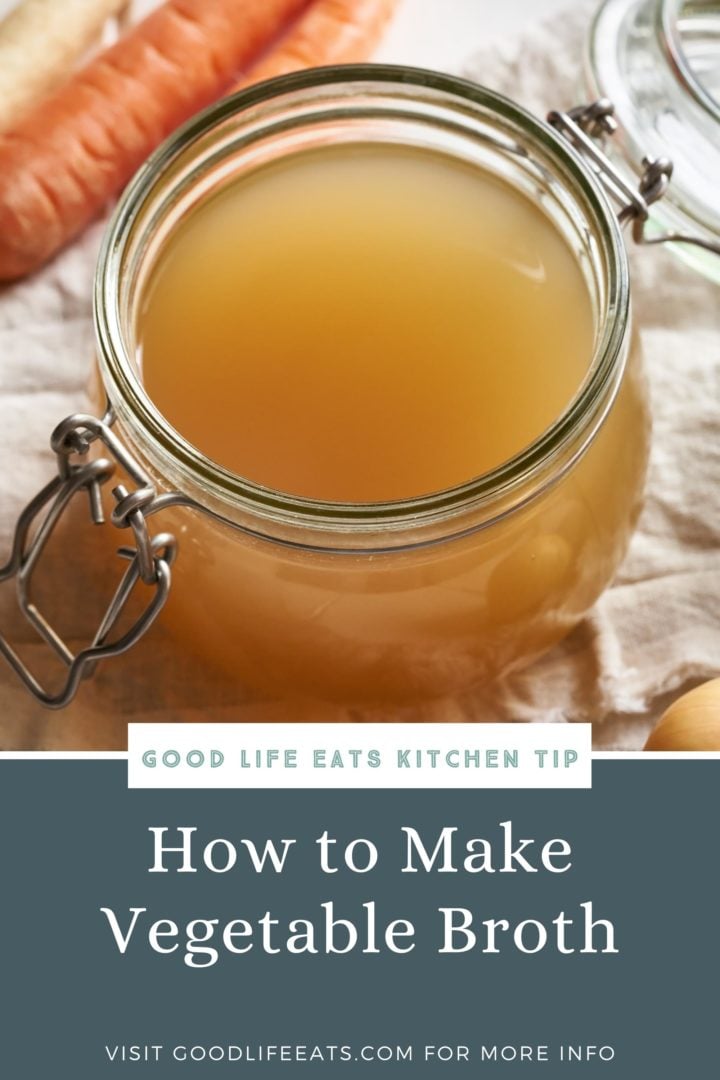
Making this Homemade Vegetable Broth Recipe
Making homemade vegetable broth is a great way to use up your vegetable scraps.
You can collect vegetable scraps over the course of days or weeks, seal them in a freezer bag, and freeze until you’re ready to make broth.
Making vegetable broth at home requires minimal prep work on your part and can be done on the stovetop or in a slow cooker or Instant Pot.
I love keeping homemade veggie broth in the freezer for soups, stews, and chilis all winter long! Broth can also be added to rice and quinoa for extra flavor.
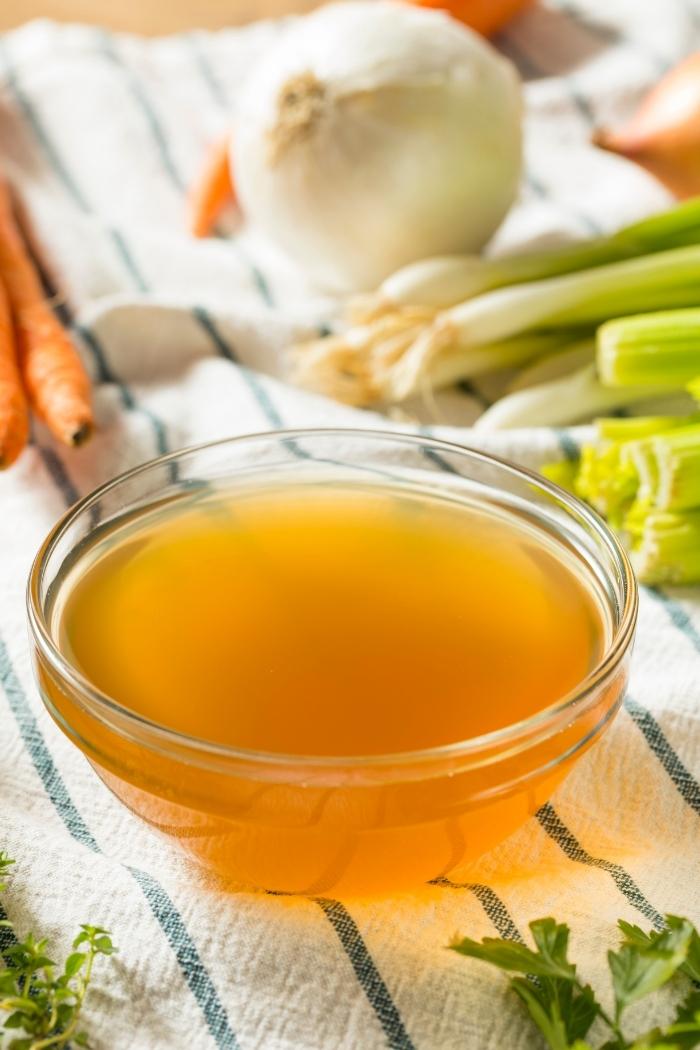
What’s the Difference Between Vegetable Stock vs. Broth?
Traditionally, stock is made from bones and broth is made from a mixture of meat and vegetables. Since vegetables don’t contain gelatin, vegetable broth and vegetable stock are interchangeable terms.
The only difference between the two is that store-bought vegetable stock is typically made without salt whereas store-bought vegetable broth is salted.
However, for all other intents and purposes vegetable stock and broth are the same!
Ingredients for Homemade Vegetable Broth
DIY vegetable broth is a very flexible recipe — if you can even call it that! It’s more of a method than anything, and you can throw in almost any vegetable or vegetable scraps you have on hand.
Generally speaking, here’s a loose list of ingredients you’ll need to make vegetable broth at home:
- Vegetables (either whole veggies or scraps)
- Water
- Whole black peppercorns
- Bay leaf (optional)
- Fresh or frozen herbs (optional)
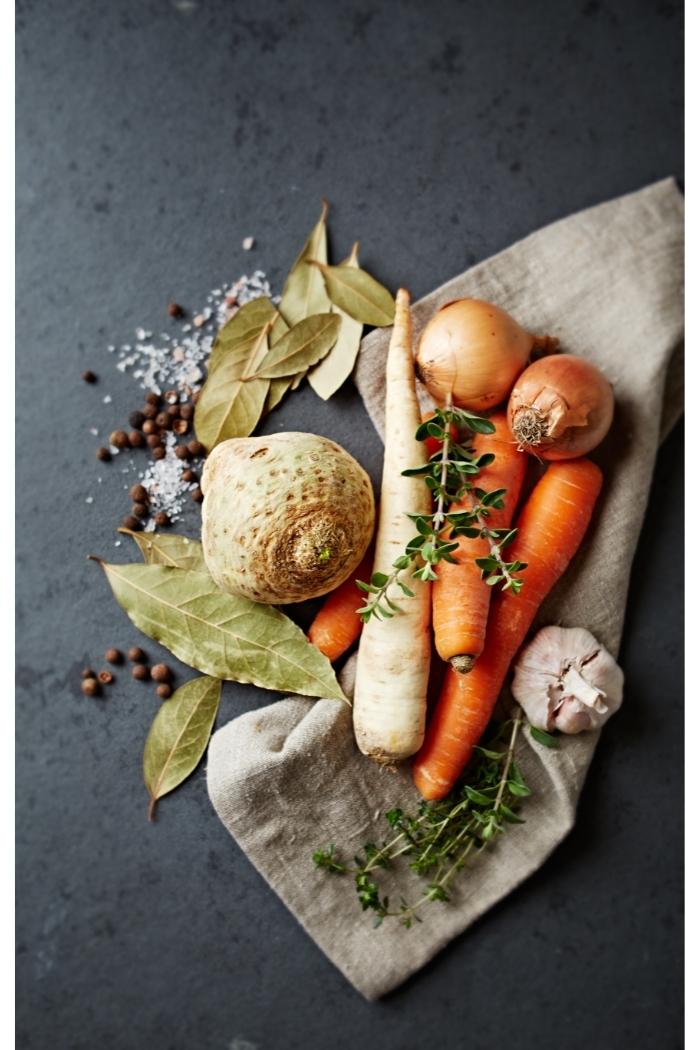
What Are the Best Vegetables for Making Broth?
You can use almost any vegetable or vegetable scrap you’d like to make homemade broth.
However, I recommend using an equal amount of onion, carrots, and celery when making vegetable broth. These three vegetables are very aromatic and will flavor the base of your broth nicely.
In addition to onions, carrots, and celery, here are some other good vegetables for making vegetable broth:
- Garlic
- Fresh herbs (like thyme, rosemary, parsley)
- Green bean ends
- Leeks (be sure to wash them first)
- Shallots
- Parsnips
- Celery Root
- Mushrooms
- Turnips
- Parsley
- Spinach
Any raw veggies, vegetable peels, or vegetable ends can be added to vegetable broth!
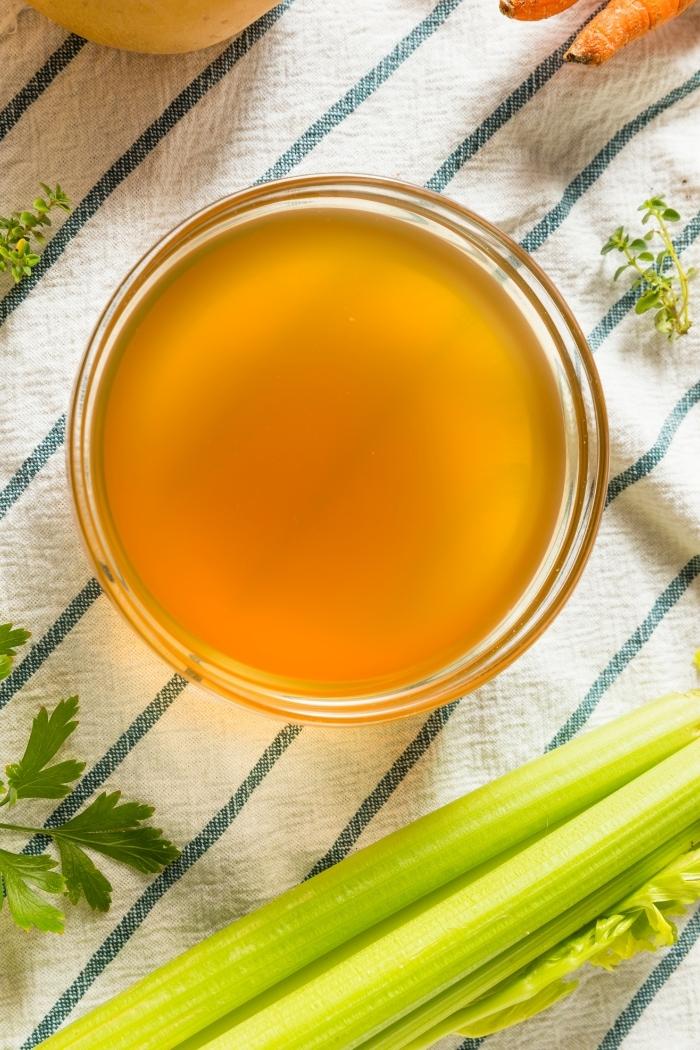
What Vegetables Shouldn’t Be Used in Vegetable Broth?
I typically avoid adding cruciferous vegetables to my homemade veggie broth.
Vegetables like broccoli, cabbage, and Brussels sprouts can make the broth bitter. Adding these vegetables in very small amounts is generally okay, but I don’t recommend making them the majority of your broth.
You also never want to add potatoes to DIY vegetable broth. They’re very starchy and will make the broth gummy in texture.
How to Make this Vegetable Broth Recipe
Making vegetable broth from scraps isn’t an exact science, so you’ll likely wind up using a different veggie to water ratio each time. That’s okay!
No matter how many veggies or veggie scraps you have on hand, you can make the broth on the stovetop, in a slow cooker, or in an Instant Pot.
1. Stovetop Vegetable Broth
This method of making vegetable broth is the most straightforward, and all you need is a pot large enough to hold your desired amount of water and veggies!
- If using whole vegetables, wash and roughly chop them into large pieces. If using vegetable scraps, make sure they’re free of dirt and are not moldy.
- Add the vegetables and / or scraps to a pot. The pot should be large enough to hold the vegetables and have room at the top for an extra few inches of water.
- Add any extra herbs, peppercorns, etc. to the pot as well.
- Cover the vegetables with water. The pot of vegetables should be easy to stir with a spoon.
- Turn the heat to medium-high and bring the vegetable mixture nearly to a boil.
- Once the broth is almost boiling, reduce the heat to low, partially cover with a lid, and simmer for roughly 1 hour.
- When the vegetables are tender and you feel the broth has been infused properly, remove the pot from the heat.
- Using a slotted spoon, remove the larger chunks of vegetables or scraps from the pot and discard.
- Place a colander or strainer over a large bowl. Carefully pour the vegetable broth through the colander and into the bowl.
- Portion the broth into storage containers and store for later use.
2. Slow Cooker Vegetable Broth
Making vegetable broth in a slow cooker takes much longer, but it gives the veggies time to fully infuse the water with flavor.
- Add washed and chopped vegetables and / or vegetable scraps to your slow cooker. Add a bay leaf, peppercorns, herbs, etc. at this stage as well.
- Cover the vegetables with water.
- Place the lid on the slow cooker and cook the broth on low for 8 to 10 hours, or on high for 4 to 5.
- When the broth is golden in color and fragrant, remove the larger chunks of vegetables or scraps with a slotted spoon and discard.
- Place a colander or strainer over a large bowl. Carefully pour the vegetable broth through the colander and into the bowl.
- Portion the broth into storage containers and store for later use.
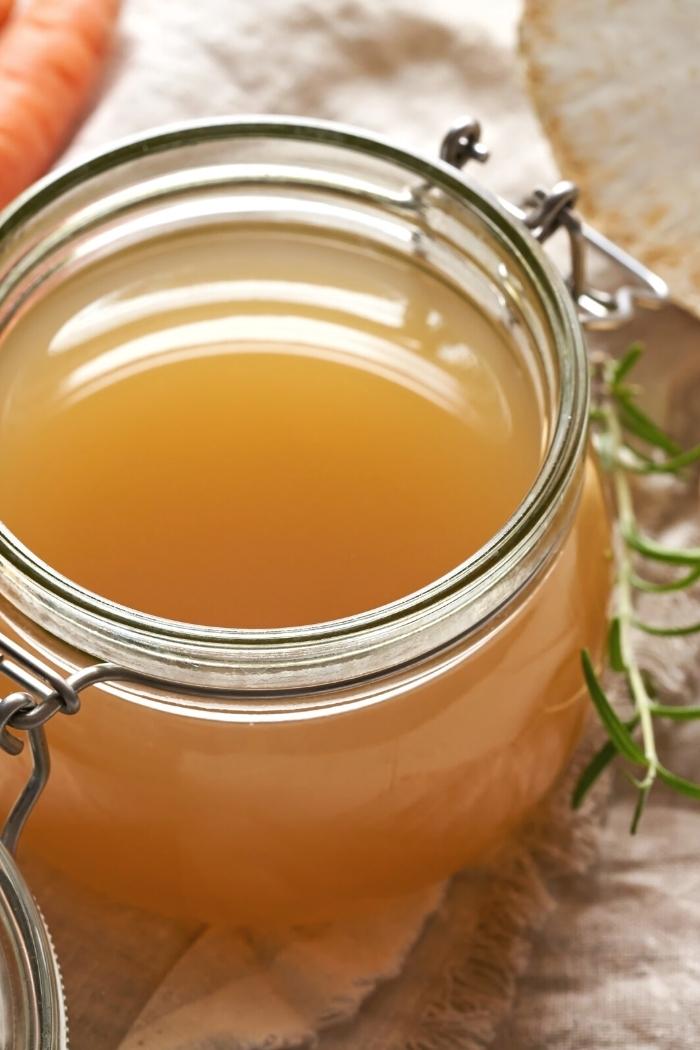
3. Instant Pot Vegetable Broth
Preparing vegetable broth in the Instant Pot is very quick, but the amount of broth you can make is limited by the size of your Instant Pot.
- Add washed and chopped vegetables and / or vegetable scraps to your Instant Pot. Add a bay leaf, peppercorns, herbs, etc. at this stage as well.
- Cover the vegetables with water, taking care not to go over the maximum fill line inside the Instant Pot.
- Select “Manual” and set the cook time to 30 minutes. (Note that the Instant Pot will need extra time to come to pressure).
- After 30 minutes, let the Instant Pot do a natural release.
- Remove the larger chunks of vegetables or scraps with a slotted spoon and discard.
- Place a colander or strainer over a large bowl. Carefully pour the vegetable broth through the colander and into the bowl.
- Portion the broth into storage containers and store for later use.
Tips for Making the Best Vegetable Broth Recipe
- Keep a gallon-sized freezer bag in your freezer at all times. Add vegetable scraps to the bag throughout the month so you can continually make vegetable broth at home.
- I prefer making my homemade vegetable broth without salt. This lets me control the amount of salt in my soups, stews, and chilis later on.
- Make sure to strain the broth using a fine mesh strainer rather than just discarding larger pieces of vegetables after the broth has cooked. This helps produce a nice, clear broth!
- If you plan on saving vegetable scraps for making broth later on, be sure to wash all of your veggies before cutting them. Trust me, washing the veggies before peeling them is so much easier than washing frozen, dirty vegetable scraps later on!
- Did you know that you can add homemade vegetable broth to things like rice, quinoa, mashed potatoes, or Crockpot shredded chicken? Add a portion of broth in place of the milk or water called for in a recipe to add lots of salt-free flavor to a dish!
Vegetable Broth Recipe FAQs
Got questions about how to make this homemade vegetable stock recipe? Here are the answers to a few commonly asked questions. Feel free to leave any other questions in the comments on this post and I’ll respond with answers.
How to Store Vegetable Broth
After you’ve made the DIY vegetable broth, let it cool to room temperature on your countertop until it’s nearly room temperature. Then, transfer it to an airtight storage container or bag.
Vegetable broth can be refrigerated for up to 1 week.
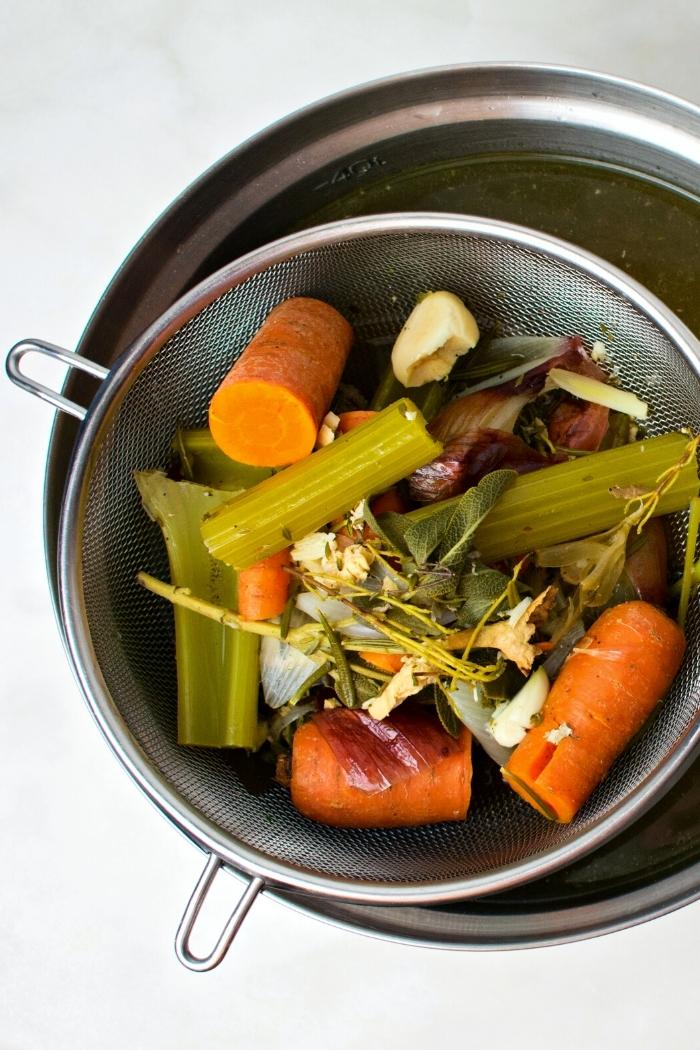
How to Freeze Vegetable Broth
If you plan on freezing the vegetable broth, let it come to room temperature first. Then, transfer it to your preferred freezer containers or freezer bags.
If using freezer bags, be sure to squeeze out any excess air and freeze them on a cookie sheet! Once frozen, the bags of broth can be stored standing upright to save space.
Date and label the freezer containers or bags. I recommend freezing vegetable broth in smaller quantities (1 to 2 cups per container or bag). This lets you thaw the exact amount of broth you need for future recipes!
Frozen vegetable broth will last for up to 3 months if frozen properly.
How Long Does Vegetable Broth Last?
Homemade vegetable broth will last up to 1 week in the fridge and up to 3 months in the freezer.
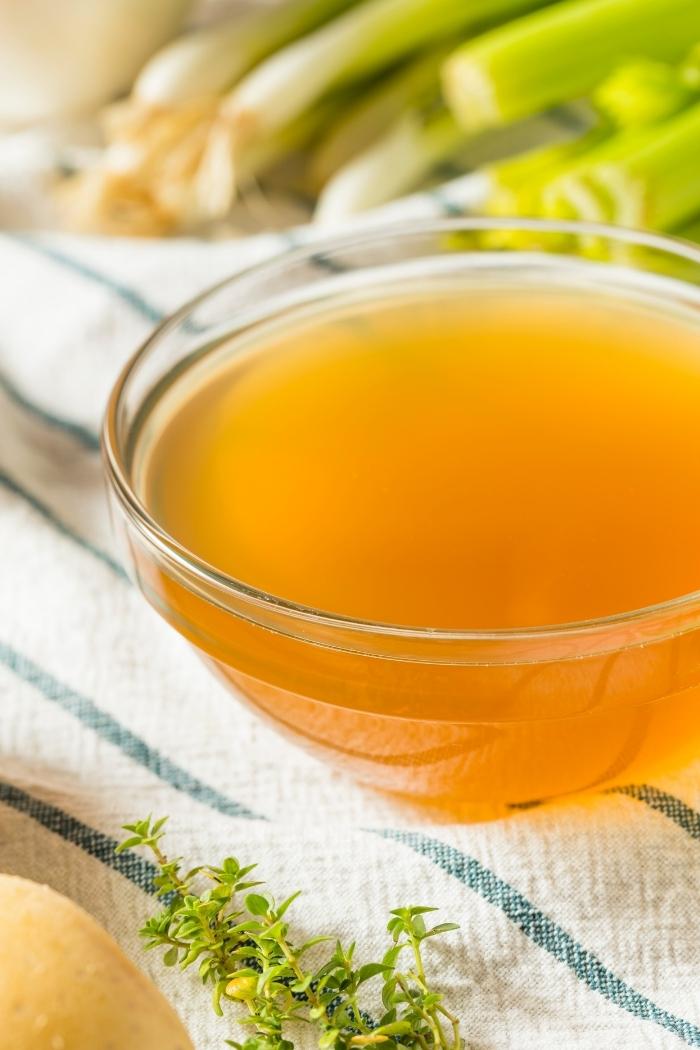
Recipes Using Vegetable Broth
Now that you know how to make the best vegetable broth at home, you can finally start cooking with it! You’ll get a depth of flavor that you don’t find when using grocery store veggie stock.
Here are some of my favorite recipes using vegetable broth:
Asparagus Salad with Tarragon Vinaigrette
This Cold Asparagus Salad is the perfect side dish to enjoy during asparagus season! In this easy asparagus salad recipe, you'll find small pieces of tender crisp asparagus with quinoa and a tarragon vinaigrette. It is tasty as a side salad or a light main dish.
Roasted Butternut Squash Soup with Bacon and Sage
Roasted butternut squash and garlic are pureed with onion, carrot, broth, and half and half for a silky smooth, creamy, savory Roasted Butternut Squash Soup. Top it with bacon and sage for perfection.
Bow Tie Pasta with Sausage
This spicy Bow Tie Pasta with Sausage is made using a simple pasta formula that you can use to create your own pasta dishes in the future!
Black Bean and Sweet Potato Chili
Black beans, sweet potatoes, fire roasted salsa, and poblanos pair with black beans in this hearty, easy meatless Sweet Potato Black Bean Chili.
Winter Minestrone with Swiss Chard and Sausage
Homemade Minestrone Soup has always been a soup favorite of mine. It is loaded with vegetables, yet feels hearty with the added pasta. In the summer I tend to lead towards adding vegetables like squash and red bell peppers, but this version of minestrone soup features vegetables seen more during winter since we’re quickly headed that way.
Curried Chicken, Chickpea, and Rice Soup
This Curried Chicken, Chickpea, and Rice Soup is a wonderful hearty soup recipe and a great way to use up any leftover chicken thighs, baked chicken breast, or meat from a leftover whole roasted chicken that you may have in your refrigerator.
Roasted Garlic Cauliflower Mashed Potatoes
Roasted Garlic Mashed Cauliflower Potatoes are anything but traditional. They’re ramped up with the flavors of roasted garlic, cauliflower puree, and the smoothness of cream cheese.
Spinach and Sun Dried Tomato Pasta
This super simple one pot pasta recipe features fresh spinach and sun dried tomatoes for a pop of flavor and color.
Roasted Pork with Mushrooms in a Creamy Roasted Garlic Rosemary Marsala Sauce
If you're looking for a great fall meal - one that is flavorful, hearty, and simple - try this Roasted Pork with Mushrooms in a Creamy Roasted Garlic Rosemary Marsala Sauce.
Butternut Squash and Kale Quinoa Stuffing
This butternut squash and kale quinoa stuffing is a fantastic vegetarian and gluten-free stuffing recipe loaded with tons of veggies and flavors.
Asparagus Risotto
Spring green risotto is the perfect way to use up fresh in-season produce and create a stunning side dish.
Make Your Own Vegetable Broth
Next time you’re looking for a way to use up leftover vegetable scraps, give this homemade vegetable broth recipe a try!
Did you think it made the most delicious vegetable broth? Leave a comment below and give it a review for others to see what you thought of this great recipe.
On Instagram? Share your photo and tag me with @goodlifeeats and #goodlifeeatsrecipes. I’d love to see your photo of your homemade stock!
More Kitchen Tips and Tutorials:
Making homemade turkey stock is relatively simple after your Thanksgiving Feast. Homemade Turkey Stock is so worth the effort!
Don’t throw out that leftover chicken carcass after dinner! Use it to make Instant Pot Chicken Stock instead. Using an Instant Pot drastically reduces the cook time when making homemade stock while sealing in that rich chicken flavor!
Homemade Pumpkin Puree can be used in many sweet and savory recipes and lets you enjoy pumpkin season year-round! In this post, I’m sharing 5 ways to make pumpkin puree from scratch as well as how to store, freeze, thaw, and use it.
Learn all about common buttermilk substitutes as well as How to Make Buttermilk in this post. It’s easier than you’d think to make your own buttermilk!
Come learn how to make these easy Homemade Croutons! Who needs expensive bags of store-bought ones when you can make your own croutons exactly how you like them?
Homemade Bacon Bits are super easy to make at home, and way better tasting than store-bought! You can enjoy them atop salads, soups, wraps, and more!
Get More Delicious Recipes via Email
Did you love this recipe? Sign up to receive Good Life Eats Email Updates and never miss another recipe!
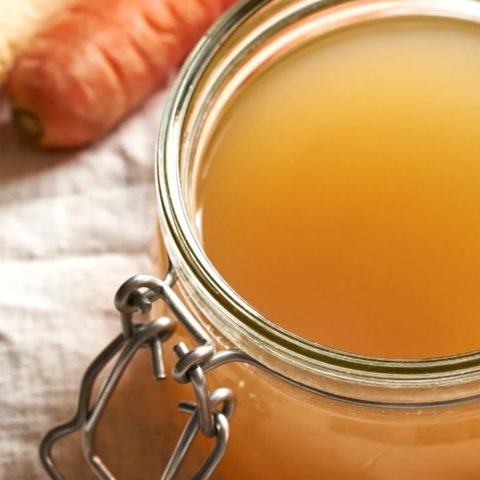
How to Make Vegetable Broth
In this post, I’m sharing how to make vegetable broth from scraps or whole vegetables as well as answering commonly asked questions about homemade broth.
Ingredients
- Vegetables (either whole veggies or scraps)
- Water
- Whole black peppercorns
- Bay leaf (optional)
- Fresh or frozen herbs (optional)
Instructions
Stovetop Vegetable Broth
- If using whole vegetables, wash and roughly chop them into large pieces. If using vegetable scraps, make sure they’re free of dirt and are not moldy.
- Add the vegetables and / or scraps to a pot. The pot should be large enough to hold the vegetables and have room at the top for an extra few inches of water.
- Add any extra herbs, peppercorns, etc. to the pot as well.
- Cover the vegetables with water. The pot of vegetables should be easy to stir with a spoon.
- Turn the heat to medium-high and bring the vegetable mixture nearly to a boil.
- Once the broth is almost boiling, reduce the heat to low, partially cover with a lid, and simmer for roughly 1 hour.
- When the vegetables are tender and you feel the broth has been infused properly, remove the pot from the heat.
- Using a slotted spoon, remove the larger chunks of vegetables or scraps from the pot and discard.
- Place a colander or strainer over a large bowl. Carefully pour the vegetable broth through the colander and into the bowl.
- Portion the broth into storage containers and store for later use.
Slow Cooker Vegetable Broth
- Add washed and chopped vegetables and / or vegetable scraps to your slow cooker. Add a bay leaf, peppercorns, herbs, etc. at this stage as well.
- Cover the vegetables with water.
- Place the lid on the slow cooker and cook the broth on low for 8 to 10 hours, or on high for 4 to 5.
- When the broth is golden in color and fragrant, remove the larger chunks of vegetables or scraps with a slotted spoon and discard.
- Place a colander or strainer over a large bowl. Carefully pour the vegetable broth through the colander and into the bowl.
- Portion the broth into storage containers and store for later use.
Instant Pot Vegetable Broth
- Add washed and chopped vegetables and / or vegetable scraps to your Instant Pot. Add a bay leaf, peppercorns, herbs, etc. at this stage as well.
- Cover the vegetables with water, taking care not to go over the maximum fill line inside the Instant Pot.
- Select “Manual” and set the cook time to 30 minutes. (Note that the Instant Pot will need extra time to come to pressure).
- After 30 minutes, let the Instant Pot do a natural release.
- Remove the larger chunks of vegetables or scraps with a slotted spoon and discard.
- Place a colander or strainer over a large bowl. Carefully pour the vegetable broth through the colander and into the bowl.
- Portion the broth into storage containers and store for later use.
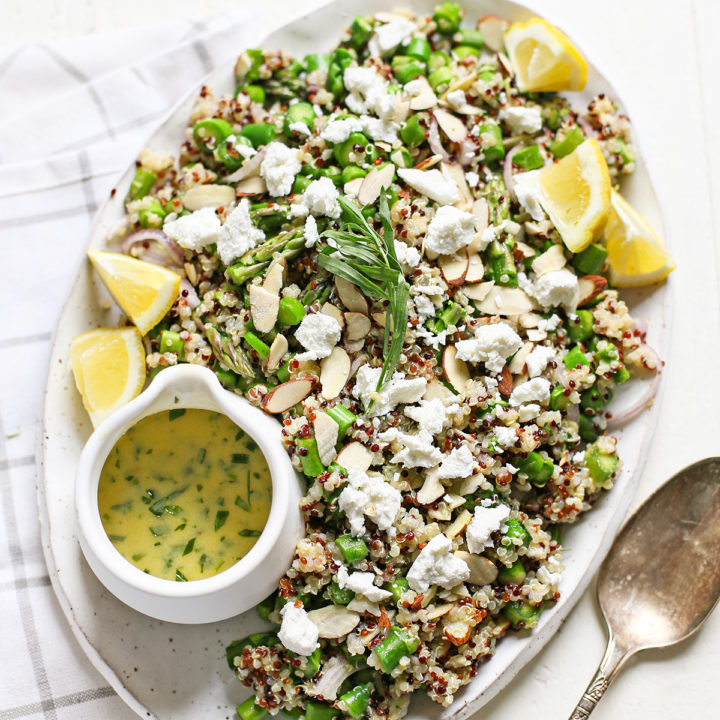
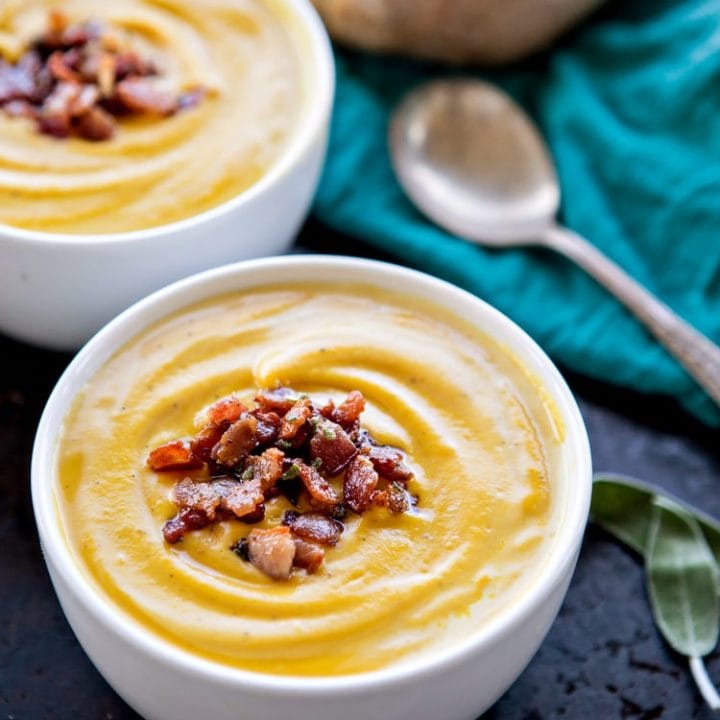


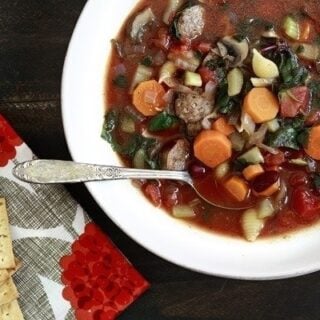

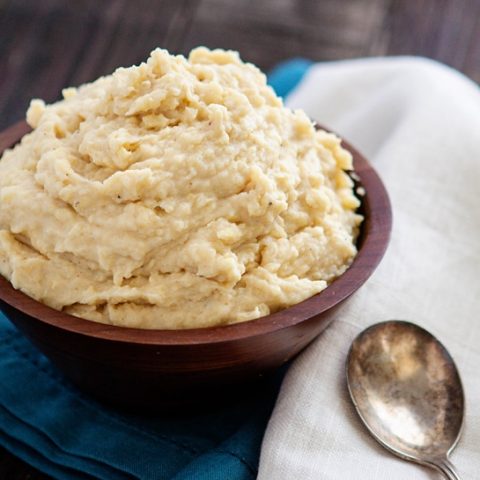
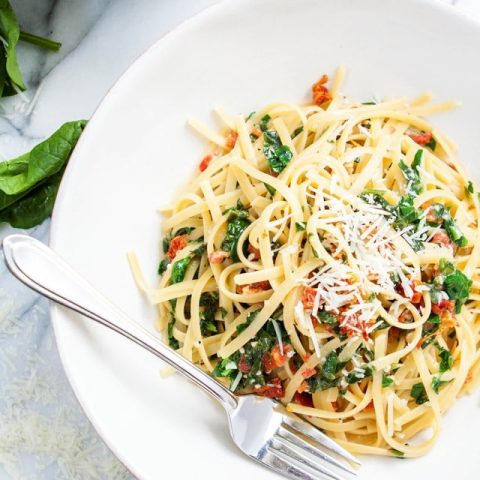
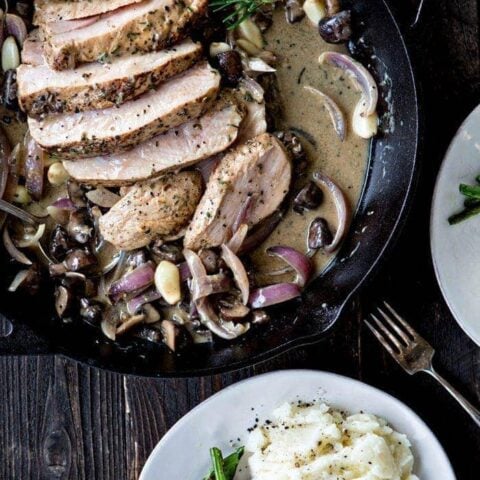
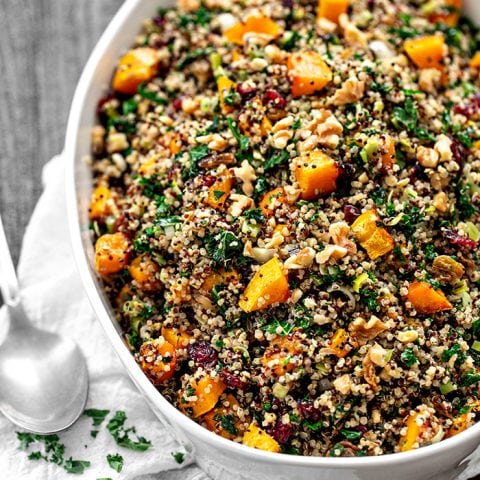
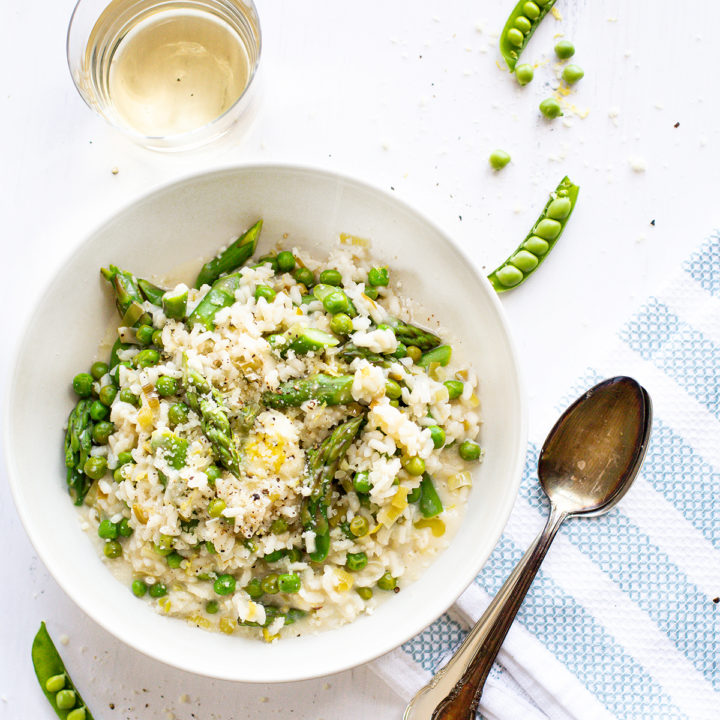
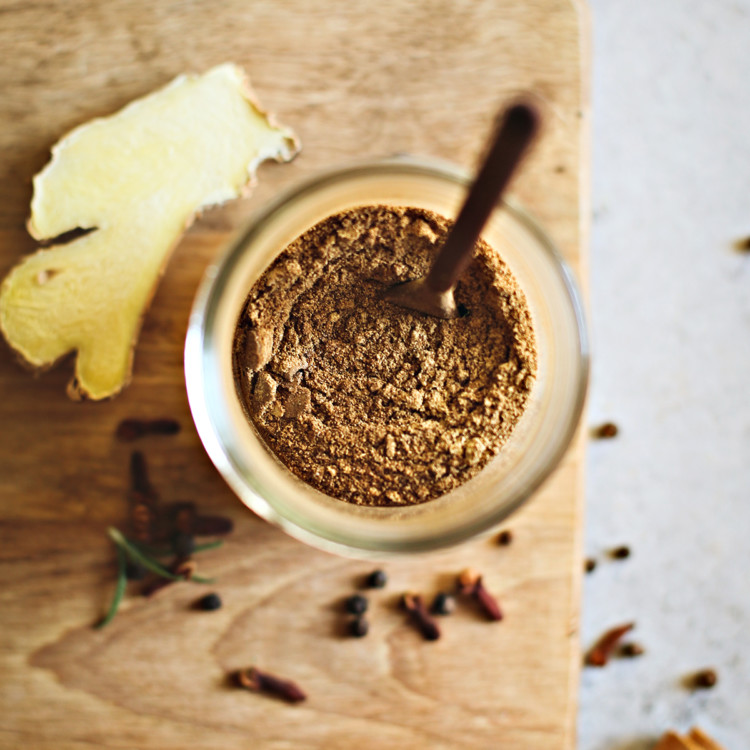
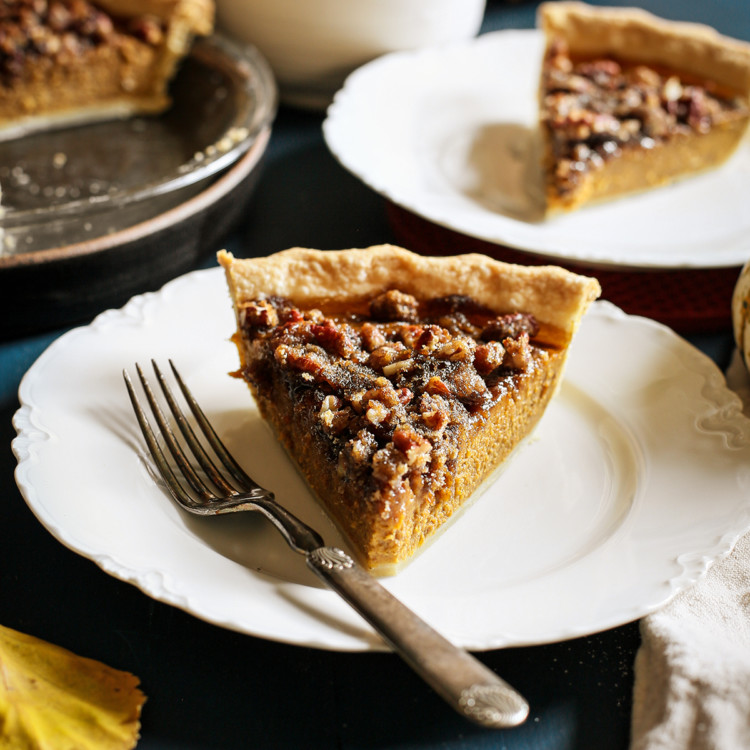
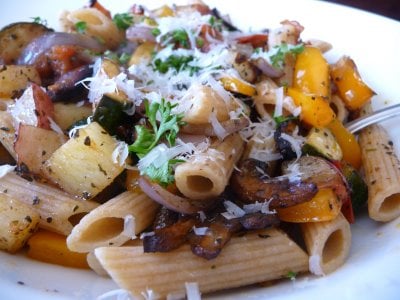

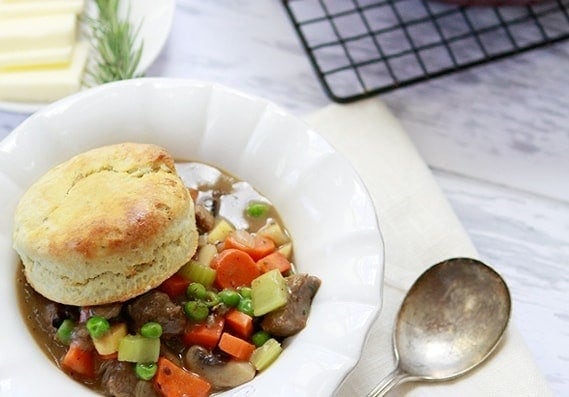

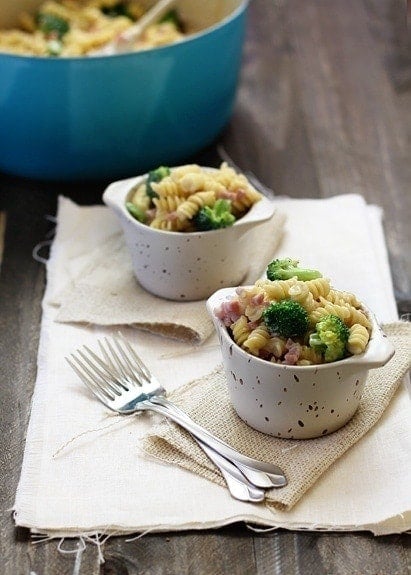
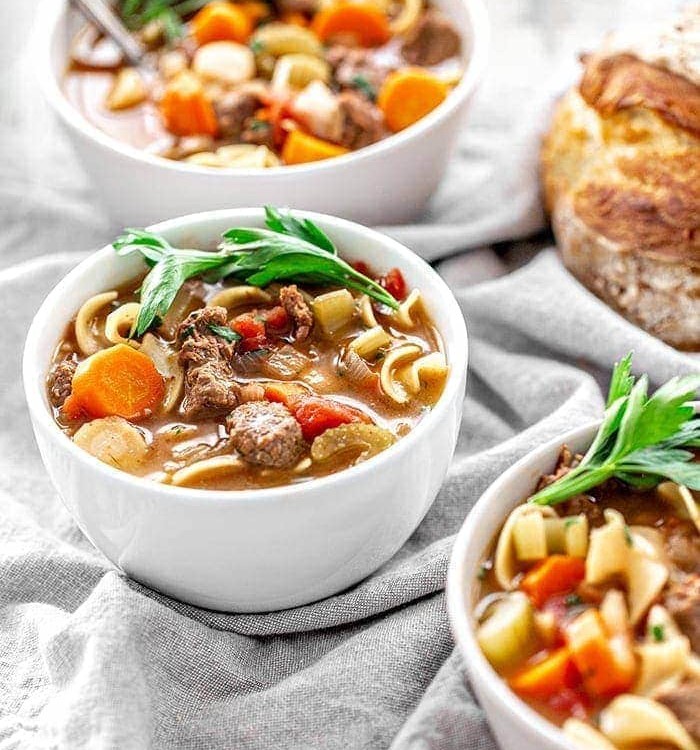
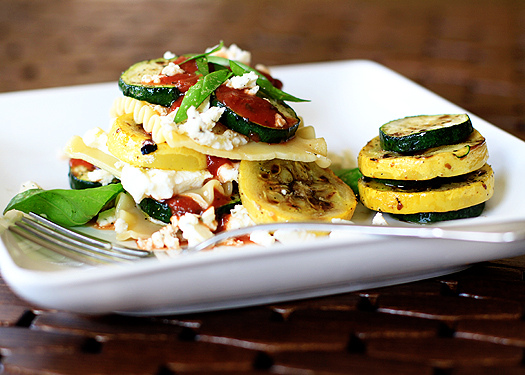
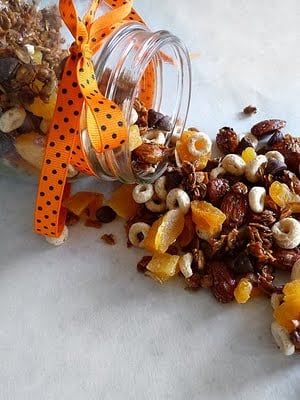

Leave a Comment